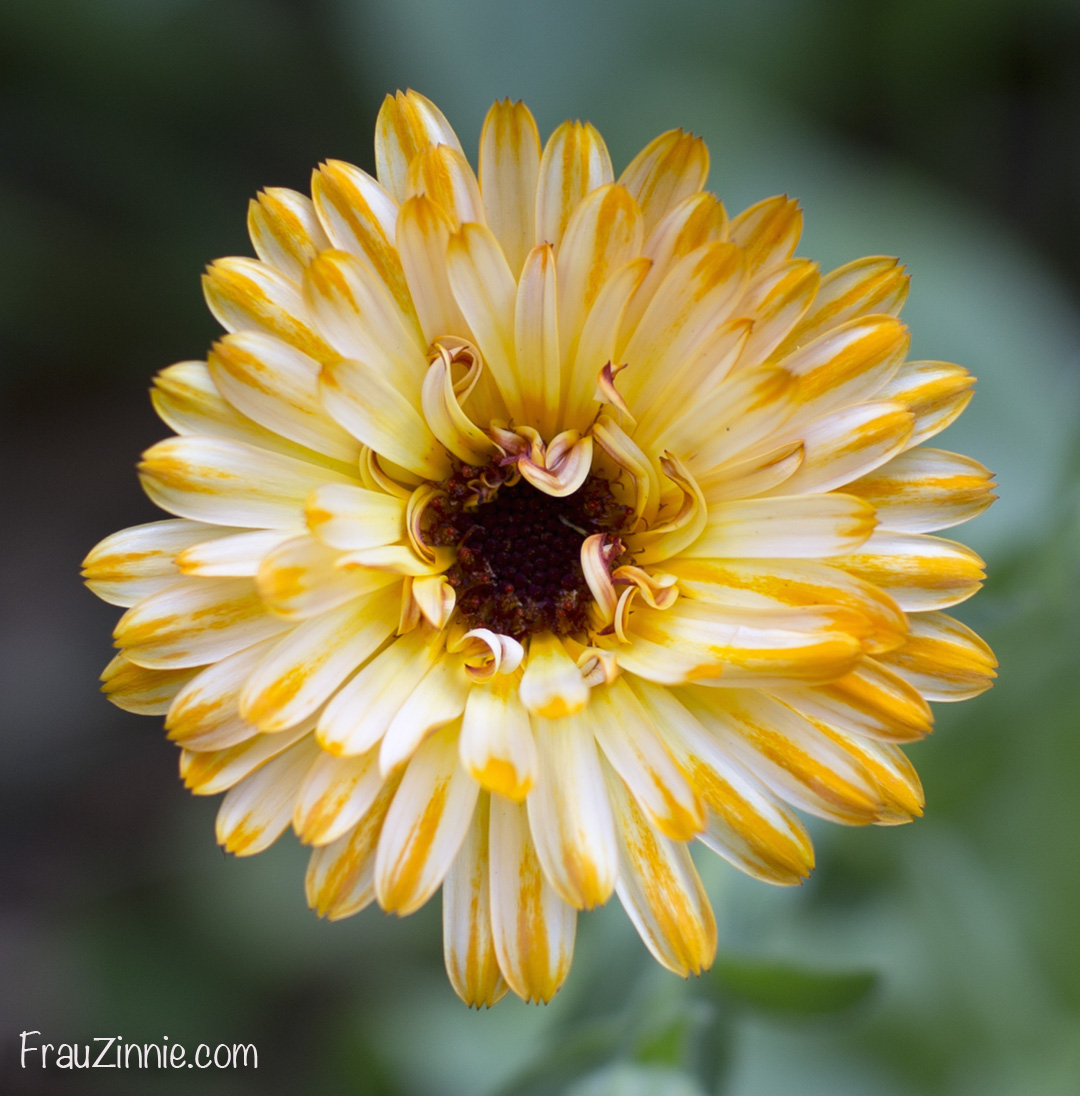Saving seeds is a topic with a bit of baggage. Everyone has an opinion on the right way to do it and for how long. My German grandmother used to have an expression that she often used: "Your eyes are bigger than your stomach." In this case, my eyes are bigger than my available growing land. Always the optimist, I somehow imagine that I live on an estate when it is seed-buying time, only to find out that, well, I don't. So often, many seeds get held over to the next year.
 |
| Older seeds from 2010 and 2011 really need to be assessed for their viability. |
But now it's 2018 and I have eight years worth of seeds — and I need to be realistic about what I can keep and grow (and leave room for all the new varieties of seeds I also want to try). Part of the reason I have so many seeds left over is because I have a little bit of guilt about throwing away seeds that could possibly still be viable. There are ways to test for seed viability, but I honestly need to whittle my collection down a bit before I get to that point.
Sorting seeds
So, to be upfront, I do not store seeds 100 percent correctly. They are stored in a dry place, but not in complete darkness. I also know the humidity is not controlled. So as I began to sort my seed packets, I discarded any that looked like it had suffered water damage (only two packets).
Next, it was time to refer to the almighty web to figure out the average lifespan of popular crops. In the past, I've used Margaret Roach's seed viability table to help me make decisions if things were worth trying to grow. And this past weekend, I read a great article on the Hudson Valley Seed Co. blog about old seeds, which outlines how to check germination rates.
 |
| Experts agree that tomato seeds can last four to 10 years — if stored properly, of course. |
The first to go were seeds in the allium family. This included onions, chives and garlic chives. These seeds typically remain viable for about a year and are some of the shortest-lived seeds. Apparently parsley is a short-lived herb as well. Spinach has a wide range, from one year to five years, but I decided to cut my losses on the one packet of spinach from 2012 (especially since I want to try a new variety this year anyway). I had several packets of carrot seeds from 2010-2013, and the average for them is three years. I decided to defer to newer varieties.
Some things were easy to give up on, such as the two packets of radishes from 2013 (I learned in 2013 that I don't even like radishes.) and the balsam seeds (been there, done that). In addition, for plants I knew I didn't want to grow again — either I wasn't impressed with the variety or I just didn't enjoy growing it — were easy to remove from the piles as well.
I was surprised by how long some vegetable seeds were good for. Cucumbers range from five to 10 years and watermelon and tomatoes range from four to 10 years. (Which is great, because I had a lot of those seeds left over!)
As for flowers, annuals typically last one to three years, while perennials are two to four years, according to Hudson Valley Seed Co.
Of course, even with these guidelines, I bent the rules a bit. The ramp seeds were from 2015, and even though they are leeks that average two to three years, I figured it was worth a shot to try and still grow these.
 |
| Going through seeds made it obvious that every year I purchase more than enough calendula seeds for my garden. |
Even with the some of the seed packets I removed from the (large) piles, I still had many remaining. I just can't bear to toss annual flowers without knowing for sure that they were no longer worth the trouble.
The trick with older seeds is that sometimes they will still sprout, but not have enough energy to keep growing vigorously, or will grow abnormally. It's difficult to tell if this will happen, and usually seasoned gardeners advise to try growing the older seed, but perhaps get a new packet as well so that way you have a backup.
My next step for all the seeds that survived the initial culling round is to do seed viability tests, which involves using a wet paper towel to try and germinate about 10 seeds to see how they do. Based on how many sprout will give me an idea of the viability of the seeds. I'll be doing this in the coming weeks.
Have you done seed viability tests before? If yes, tell me about it in the comments below!
No comments
Post a Comment